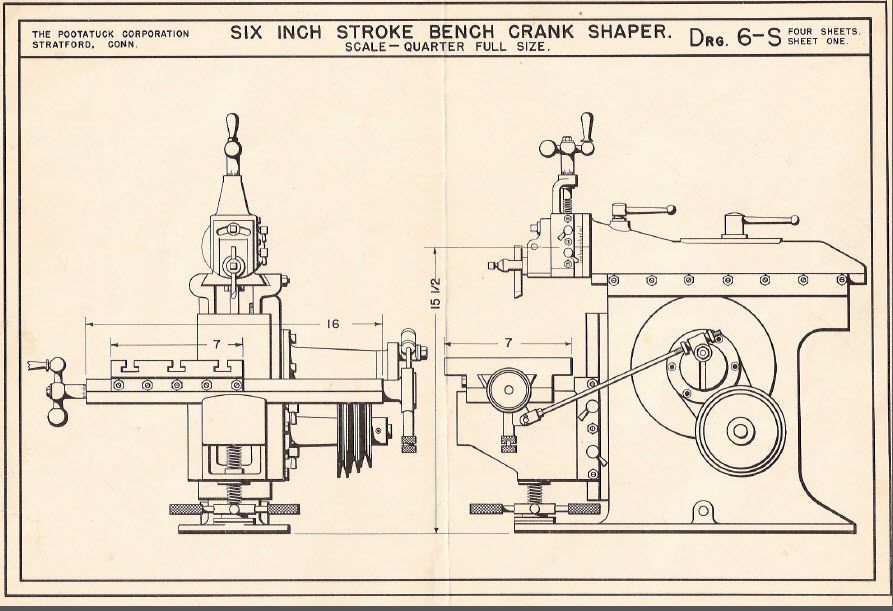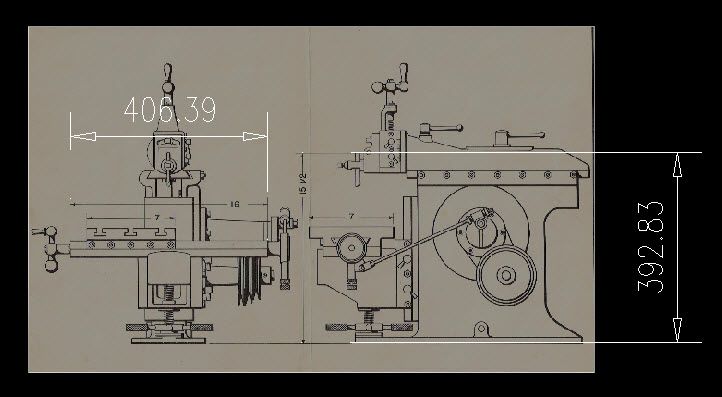Good evening Michael,
You are planning to make feed increments of 10 microns? Or did I misread your post?
The tools will need to be ABSOLUTELY sharp, to cut. This is the realm of precision grinding.
Some comparisons with the accuracy to which you aspire.
In old money, 10 microns is just under 4/10 of a thou, about 25% more than a tenth of the thickness of a blonde human hair, (darker hair is thicker).
Sorry to be a wet blanket, but you are going to have to do some REAL precision engineering to be able to advance, consistently, by that amount. I would imagine that you are approaching the realms of the type of machinery used in a Standards Room to check and calibrate the shopfloor measuring equipment used in a fairly precise factory.
(Slip gauges are check measured to an accuracy of millionths of an inch under conditions of controlled temperature and humidity, after at least 24 hours to soak to the 20 degrees C ambient condition). I have seen a Height Gauge with an error of 0.002 inches over 18 inches ( 0.00011/inch or 2.8 microns/ mm) condemned.
An Imperial Verdict finger clock has one division equal to 1/10 thou or 2.54 microns).
The backlash in a good leadscrew / nut assembly is going to be much greater than that, unless some special backlash elimination is included!
A pair of components, such as the Head and Rotor in a distributor type Fuel Injection Pump, or Injector Needle and Nozzle Body, which have been lapped together, (and therefore not interchangeable with other supposedly identical components), have a clearance of 1 to 2 microns, MAXIMUM.
Your design should include space for micrometer dials at least 100mm in diameter, with a 1mm pitch leadscrew., if you are to have divisions which allow a resolution of the order of 10 microns.
And, if you want to achieve that degree of accuracy, consistently, start thinking in terms of a very closely controlled temperature in your workshop.
As I said, I don't want to be negative, but you do need to think realistically about the degree of accuracy that you WANT versus what you can actually ACHIEVE.
Howard
John McNamara.








